Creative Commons licences and licence enforceability
Creative Commons licences
Creative Commons (CC) licences are copyright licences[1].
Copyright operates under an ‘all rights reserved’ approach. CC licences take a ‘some rights reserved’ approach.
- CC licences apply only where copyright can be applied
- CC licences cannot be used to introduce restrictions to the use of works that fall outside of copyright or material that would otherwise be unrestricted
- There may be rights within a work which a Creative Commons licence has no effect such as privacy, trademark or patent rights[2]
- A person may still seek permission or rely upon fair dealing, or some other exception to copyright, for CC licensed works.
What are Creative Commons Licences?
What are Creative Commons Licenses? (YouTube, 1m 57s) provides an overview of CC licences:
Anatomy of a CC Licence
Three layers of Creative Commons licences
CC licences are designed with three layers.
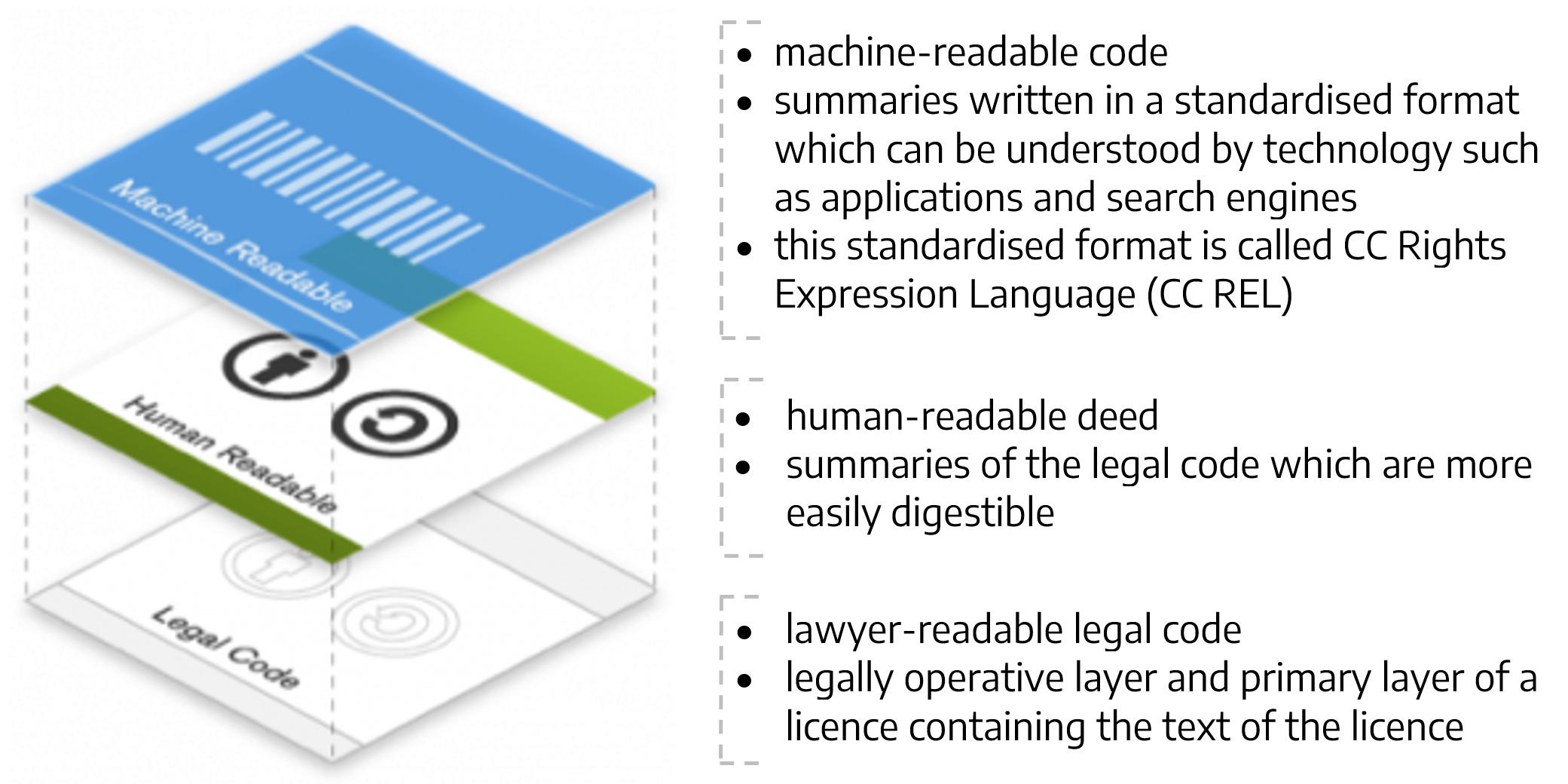
Adapted from ‘Three “Layers” Of Creative Commons Licenses’. Image by Creative Commons (CC BY 4.0).
Four elements of Creative Commons licences
Creative Commons licences consist of a set of four ‘optional’ licence elements allowing a creator to select the different ways they want the public to use their work[3].
 |
Attribution “BY” | Credit the creator, title and licence of the work |
 |
NonCommercial “NC” | The work can only be used for non-commercial purposes |
 |
ShareAlike “SA” | Adaptations (such as remixes) based on the work must be licenced under the same licence |
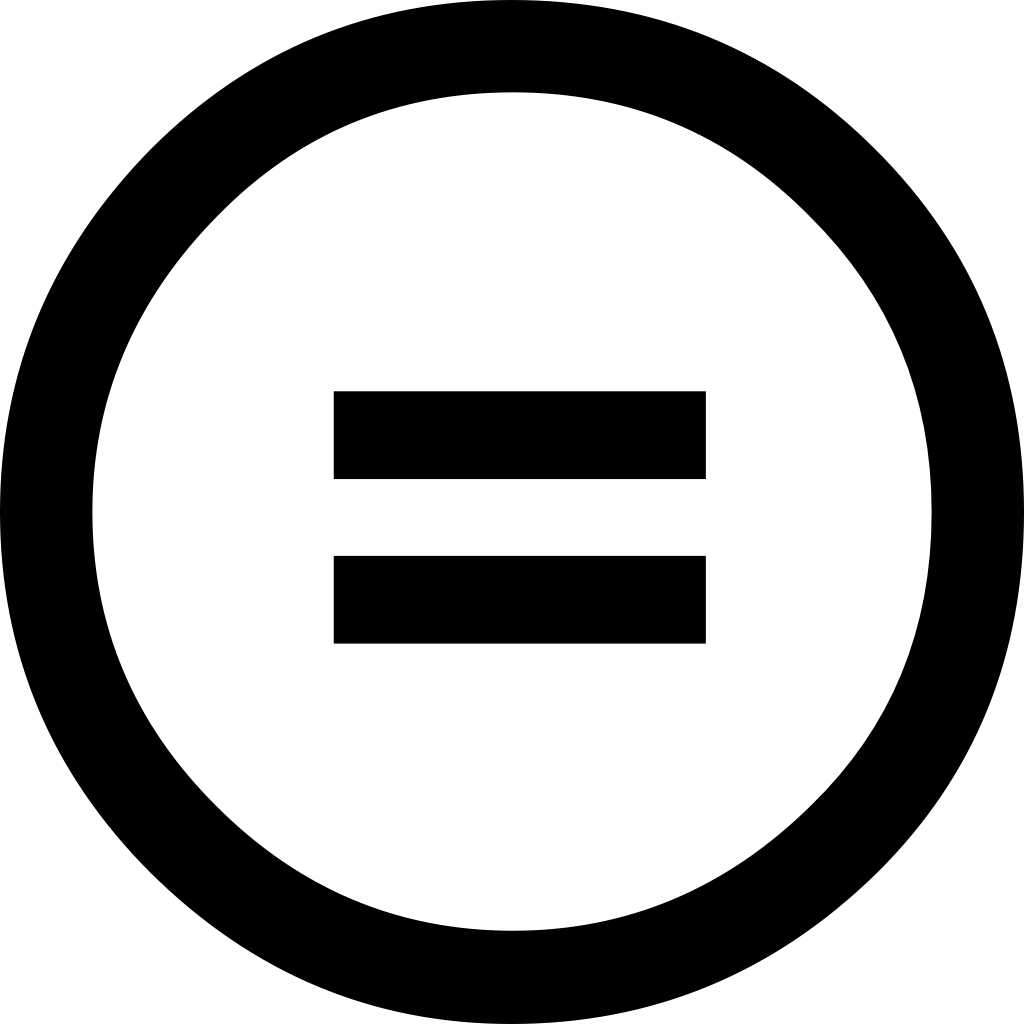 |
NoDerivatives “ND” | Any adaptations of the work cannot be shared |
Six Creative Commons licences
All six licences contain the following factors:
- standardised conditions
- are granted for as long as the underlying copyright lasts (or until licence terms are violated)
- free
- accessible to non-lawyers
- licensors are credited for their work
- rights holders retain copyright.
| Licence and Badge | Type of use |
You can
|
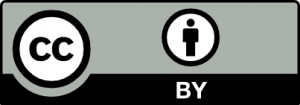
Attribution (BY) |
Commercial and non-commercial |
|

Attribution-Share Alike (BY-SA) |
Commercial and non-commercial |
|
|
|
Commercial and non-commercial |
|
|
|
Non-commercial only |
|
| Non-commercial only |
|
|
|
|
Non-commercial only |
|
Adapted from ‘Smartcopying – What is Creative Commons?’ by National Copyright Unit on behalf of the Copyright Advisory Groups (Schools and TAFEs). Licensed under a Creative Commons Attribution 4.0
Enforceability
While most people who reuse CC licenced works try to comply with the licence condition, sometimes people can get it wrong. If someone does violate the licence terms of a CC work, the right to use the work automatically ends[4]. They may also be liable for copyright infringement.
Under version 4 of the CC licences, users of works who come into compliance with license terms within 30 days of discovering they were in violation of the terms have their rights under the license automatically reinstated.
Legal enforceability is one of the key features of CC licensing.
While the licenses are widely seen as symbols of free and open sharing, they also carry legal weight. The legal code was written by lawyers and international copyright experts. The result is a set of terms and conditions that are intended to operate and be enforceable everywhere in the world.
Example of litigation involving Creative Commons legal tools
Chang v Virgin Mobile and Creative Commons
In 2007 Virgin Mobile used a Flickr photo of a minor licenced under CC BY 2.0 as part of an advertising campaign. Plaintiffs sued under a number of causes of action including invasion of privacy. They also made a claim against Creative Commons alleging failure to sufficiently warn creators that the do not cover privacy and publicity rights. Both claims were utlimately dismissed.
Creative Commons have information to make it easier to understand and comply with CC licences: license enforcement. There is also guidance on what to do if your cc-licensed work is misused.
Icons:
Creative Commons license elements logos. Trademark: Creative Commons.
- https://certificates.creativecommons.org/cccertedu/chapter/3-1-license-design-and-terminology/ ↵
- https://creativecommons.org/faq/#does-a-creative-commons-license-give-me-all-the-rights-i-need-to-use-the-work ↵
- https://smartcopying.edu.au/what-is-creative-commons/ ↵
- https://certificates.creativecommons.org/cccertedu/chapter/3-4-license-enforceability/ ↵

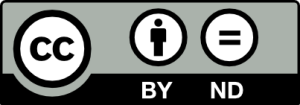 Attribution-No Derivative
Attribution-No Derivative 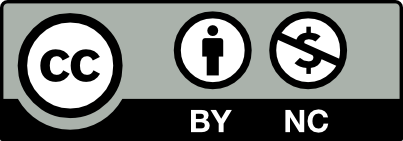 Attribution-Noncommercial (BY-NC)
Attribution-Noncommercial (BY-NC)
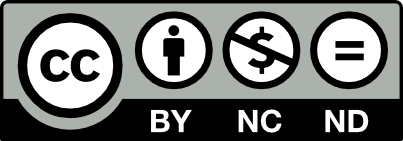 Attribution-Noncommercial-
Attribution-Noncommercial-